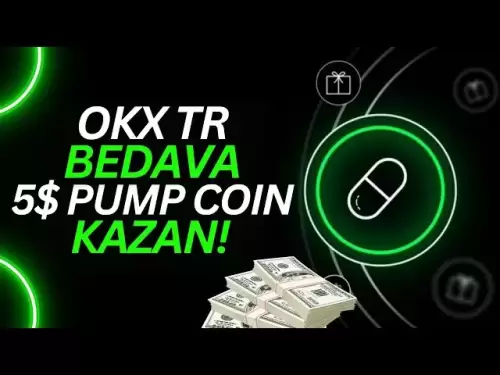-
 Bitcoin
Bitcoin $117400
-0.46% -
 Ethereum
Ethereum $3768
0.60% -
 XRP
XRP $3.551
2.09% -
 Tether USDt
Tether USDt $1.000
0.00% -
 Solana
Solana $203.2
11.30% -
 BNB
BNB $770.9
1.92% -
 USDC
USDC $0.9999
0.01% -
 Dogecoin
Dogecoin $0.2709
-0.02% -
 Cardano
Cardano $0.9024
4.49% -
 TRON
TRON $0.3139
0.60% -
 Hyperliquid
Hyperliquid $45.60
-1.41% -
 Stellar
Stellar $0.4730
-1.34% -
 Sui
Sui $4.025
2.15% -
 Chainlink
Chainlink $19.79
2.19% -
 Hedera
Hedera $0.2724
-2.39% -
 Avalanche
Avalanche $25.93
3.05% -
 Bitcoin Cash
Bitcoin Cash $524.0
-1.83% -
 Shiba Inu
Shiba Inu $0.00001558
0.50% -
 Litecoin
Litecoin $116.7
-0.30% -
 UNUS SED LEO
UNUS SED LEO $8.996
0.00% -
 Toncoin
Toncoin $3.334
1.83% -
 Polkadot
Polkadot $4.506
0.34% -
 Uniswap
Uniswap $10.99
4.83% -
 Ethena USDe
Ethena USDe $1.001
0.03% -
 Pepe
Pepe $0.00001461
3.17% -
 Monero
Monero $320.3
-1.01% -
 Bitget Token
Bitget Token $4.935
0.36% -
 Dai
Dai $0.9998
0.00% -
 Aave
Aave $322.4
-1.25% -
 Bittensor
Bittensor $455.6
9.33%
How to move NFTs to a hardware wallet?
Transferring NFTs to a hardware wallet enhances security by storing private keys offline, protecting valuable digital assets from online threats.
Jul 21, 2025 at 06:07 am
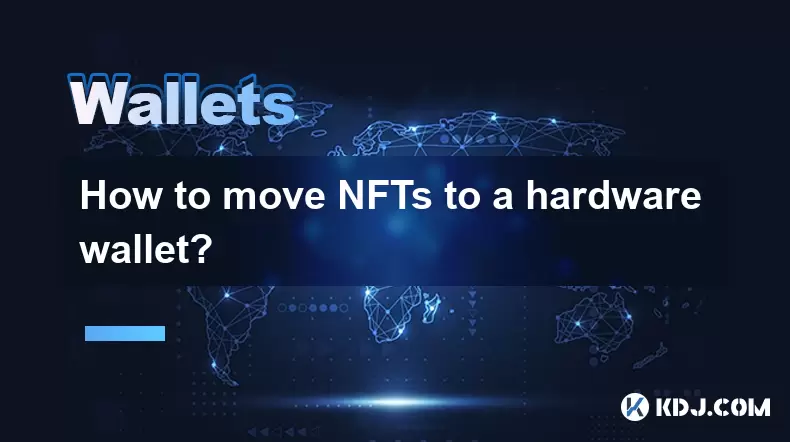
Understanding NFTs and Hardware Wallets
Non-Fungible Tokens (NFTs) are unique digital assets that represent ownership of a specific item or content on the blockchain. Transferring NFTs to a hardware wallet is a critical step for securing valuable digital collectibles, artworks, or tokens. A hardware wallet is a physical device that stores users' private keys offline, offering a high level of security against online threats. Before initiating any transfer, it's essential to ensure that your chosen hardware wallet supports the blockchain network where your NFT resides, such as Ethereum, Binance Smart Chain, or Solana.
Choosing a Compatible Hardware Wallet
Not all hardware wallets support every type of NFT or blockchain. Popular options include Ledger Nano S/X, Trezor Model T, and BitBox02. Each has varying levels of NFT compatibility depending on the blockchain. For example, Ledger Live supports Ethereum-based NFTs through integration with platforms like OpenSea, while Trezor may require third-party tools for certain transfers. It's crucial to verify that the wallet you're using can interact with the blockchain hosting your NFT and that it supports the token standards used (e.g., ERC-721, ERC-1155).
Setting Up Your Hardware Wallet for NFT Transfer
Before transferring NFTs, you must set up your hardware wallet properly. This involves:
- Connecting the hardware wallet to your computer via USB.
- Installing the official software provided by the wallet manufacturer (e.g., Ledger Live).
- Creating a new wallet or restoring an existing one using the recovery phrase.
- Enabling contract data in the settings if required, especially for Ethereum-based NFTs.
- Adding the relevant blockchain app to your wallet (e.g., Ethereum app for ETH-based NFTs).
Once these steps are completed, your wallet should be ready to receive and display NFTs after transfer.
Connecting to an NFT Marketplace
To move NFTs from a software wallet (like MetaMask) to a hardware wallet, you'll need to connect both your current wallet and your hardware wallet to the same NFT marketplace. Platforms like OpenSea, LooksRare, and Rarible allow this functionality. The key steps involve:
- Visiting the marketplace website and clicking the "Connect Wallet" button.
- Selecting your software wallet (e.g., MetaMask) and connecting it to the platform.
- Finding the NFT you wish to transfer and selecting the "Transfer" option.
- Entering the public address of your hardware wallet as the destination.
- Approving the transaction through your software wallet and paying the gas fees.
Alternatively, some marketplaces may allow direct connection of your hardware wallet without needing an intermediary software wallet.
Using Third-Party Tools for Direct Transfers
In cases where a marketplace doesn't support direct transfers to a hardware wallet, or if you prefer not to use a centralized platform, third-party tools like MyEtherWallet (MEW) or Blockchair can be used. These tools allow you to interact directly with the blockchain and send NFTs securely. Steps typically include:
- Navigating to the tool’s official website.
- Connecting your hardware wallet via the wallet provider (e.g., Ledger Live).
- Locating the NFT transfer function within the interface.
- Inputting the recipient's wallet address (your hardware wallet).
- Confirming the transaction on your hardware wallet device and paying the associated gas fees.
Always double-check the recipient address before confirming, as incorrect transfers cannot be reversed.
Verifying the NFT Transfer
After completing the transfer, it's important to confirm that the NFT has arrived in your hardware wallet. You can do this by:
- Reconnecting your hardware wallet to the NFT marketplace or blockchain explorer.
- Checking the wallet's asset list to see if the NFT appears.
- Using a blockchain explorer like Etherscan or BscScan to look up the transaction hash and verify successful completion.
- Ensuring that the NFT metadata and image display correctly in the wallet interface.
If the NFT does not appear immediately, wait a few minutes and refresh the page. In rare cases, manual import of the NFT might be required.
Frequently Asked Questions
Can I store NFTs from multiple blockchains in the same hardware wallet?
Yes, but only if the hardware wallet supports those blockchains. For instance, Ledger supports Ethereum, Binance Smart Chain, and others, allowing storage of NFTs across different networks.
Do I need to pay gas fees when transferring NFTs to a hardware wallet?
Yes, all blockchain transactions, including NFT transfers, require payment of gas fees in the native cryptocurrency of the network (e.g., ETH for Ethereum).
What happens if I lose my hardware wallet?
As long as you have your recovery phrase, you can restore access to your NFTs on another compatible wallet. Never share or lose your recovery phrase.
Is it safe to keep NFTs in a software wallet instead of a hardware wallet?
While software wallets like MetaMask are convenient, they are more vulnerable to hacking. Hardware wallets provide superior security for long-term NFT storage.
Disclaimer:info@kdj.com
The information provided is not trading advice. kdj.com does not assume any responsibility for any investments made based on the information provided in this article. Cryptocurrencies are highly volatile and it is highly recommended that you invest with caution after thorough research!
If you believe that the content used on this website infringes your copyright, please contact us immediately (info@kdj.com) and we will delete it promptly.
- MoonBull's Whitelist Mania: Your Last Shot at 100x Crypto Gains?
- 2025-07-22 10:30:12
- Meme Coins in 2025: Explosive Gains or Fading Fad?
- 2025-07-22 10:30:12
- Kim Keon-hee Crypto Probe: Scandal Rocks South Korea's Political Scene
- 2025-07-22 10:50:12
- ETH Holders in Profit: Value Surge Fuels Bullish Sentiment
- 2025-07-22 09:30:13
- NEAR Protocol's AI Leap: Double-Digit Gains and Future Potential
- 2025-07-22 09:30:13
- Cryptos, Meme Coins, Buy Now: Riding the Wave of Hype
- 2025-07-22 08:30:13
Related knowledge
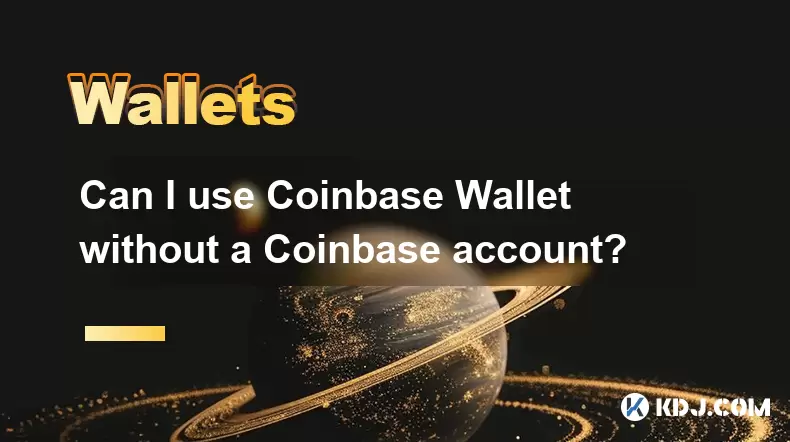
Can I use Coinbase Wallet without a Coinbase account?
Jul 18,2025 at 04:35am
What is Coinbase Wallet?Coinbase Wallet is a self-custodial wallet that allows users to store, send, and receive various cryptocurrencies directly on ...
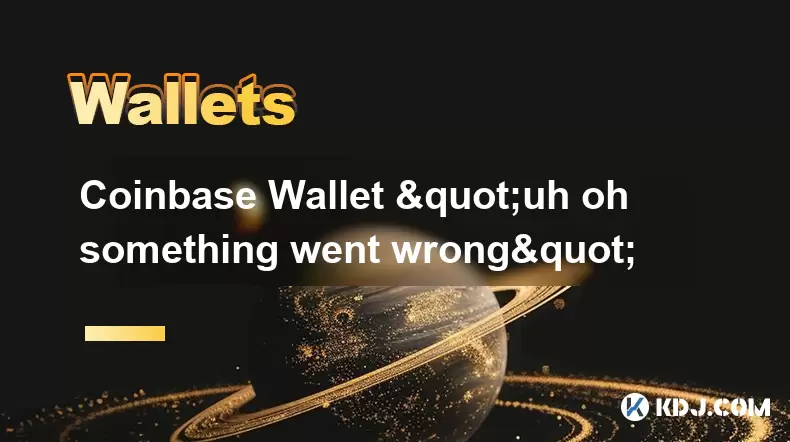
Coinbase Wallet "uh oh something went wrong"
Jul 20,2025 at 10:00am
Understanding the Coinbase Wallet Error: 'Uh Oh, Something Went Wrong'If you're a Coinbase Wallet user, encountering the error message 'Uh Oh, Somethi...
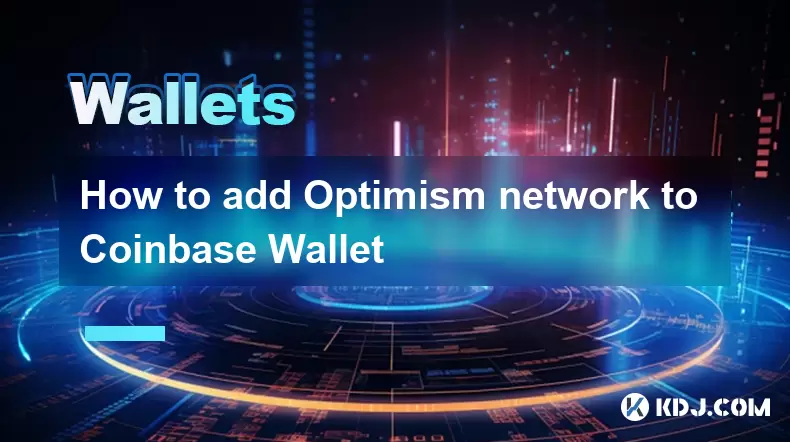
How to add Optimism network to Coinbase Wallet
Jul 20,2025 at 05:21am
What is the Optimism Network?The Optimism network is a Layer 2 scaling solution built on top of the Ethereum blockchain. It aims to enhance transactio...

How to add Arbitrum to Coinbase Wallet
Jul 18,2025 at 03:00pm
Understanding Arbitrum and Its Integration with Coinbase WalletArbitrum is a layer-2 scaling solution developed by Offchain Labs to enhance the speed ...
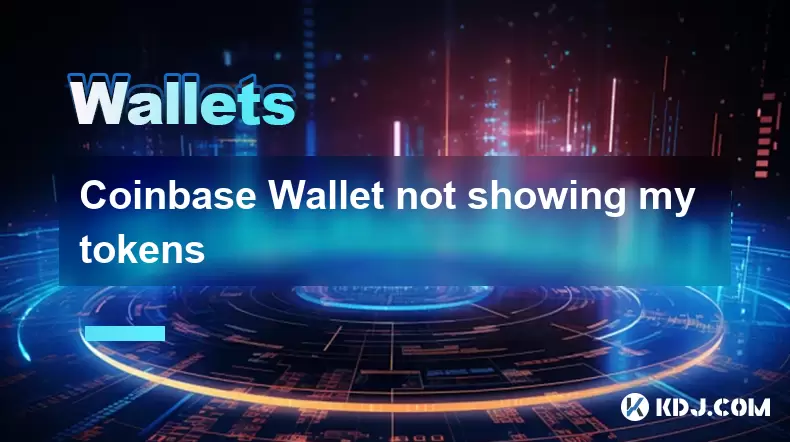
Coinbase Wallet not showing my tokens
Jul 18,2025 at 09:49am
Understanding Coinbase Wallet Token Display IssuesIf you're experiencing issues where Coinbase Wallet not showing my tokens, it can be frustrating, es...
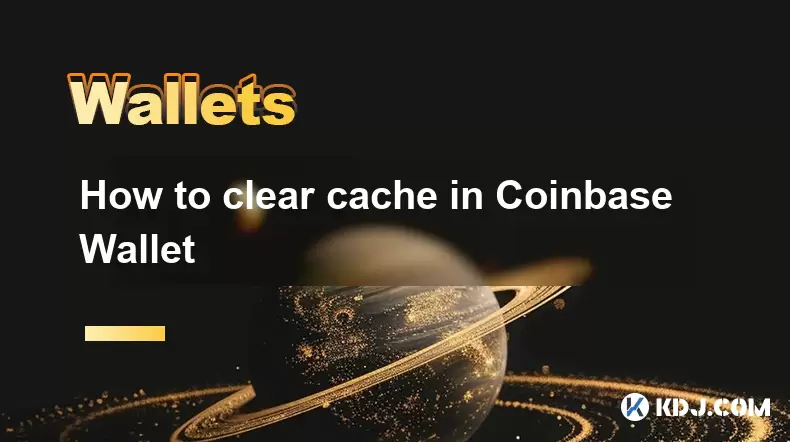
How to clear cache in Coinbase Wallet
Jul 21,2025 at 12:00am
Understanding Cache in Coinbase WalletThe cache in Coinbase Wallet refers to temporary data stored by the application to enhance performance and user ...

Can I use Coinbase Wallet without a Coinbase account?
Jul 18,2025 at 04:35am
What is Coinbase Wallet?Coinbase Wallet is a self-custodial wallet that allows users to store, send, and receive various cryptocurrencies directly on ...

Coinbase Wallet "uh oh something went wrong"
Jul 20,2025 at 10:00am
Understanding the Coinbase Wallet Error: 'Uh Oh, Something Went Wrong'If you're a Coinbase Wallet user, encountering the error message 'Uh Oh, Somethi...

How to add Optimism network to Coinbase Wallet
Jul 20,2025 at 05:21am
What is the Optimism Network?The Optimism network is a Layer 2 scaling solution built on top of the Ethereum blockchain. It aims to enhance transactio...

How to add Arbitrum to Coinbase Wallet
Jul 18,2025 at 03:00pm
Understanding Arbitrum and Its Integration with Coinbase WalletArbitrum is a layer-2 scaling solution developed by Offchain Labs to enhance the speed ...

Coinbase Wallet not showing my tokens
Jul 18,2025 at 09:49am
Understanding Coinbase Wallet Token Display IssuesIf you're experiencing issues where Coinbase Wallet not showing my tokens, it can be frustrating, es...

How to clear cache in Coinbase Wallet
Jul 21,2025 at 12:00am
Understanding Cache in Coinbase WalletThe cache in Coinbase Wallet refers to temporary data stored by the application to enhance performance and user ...
See all articles

























